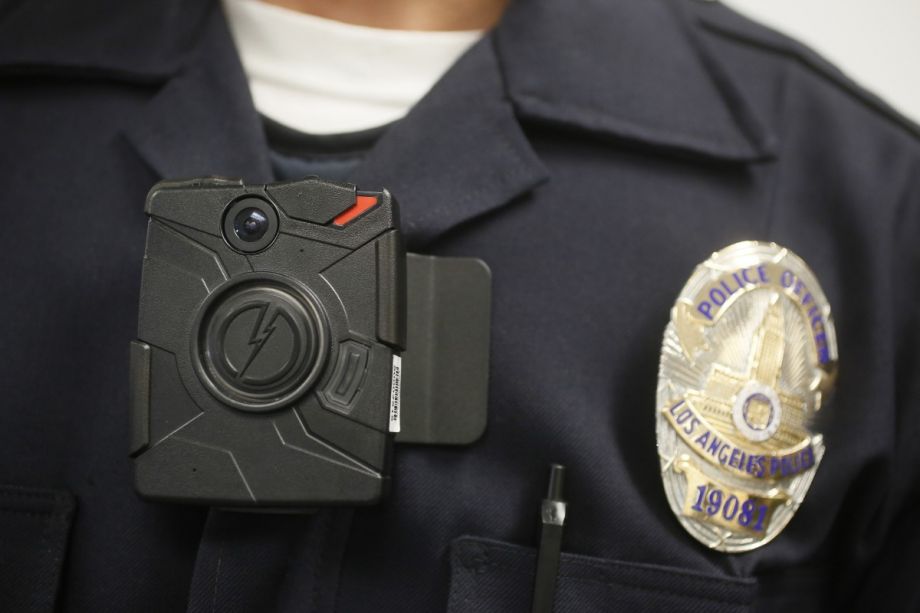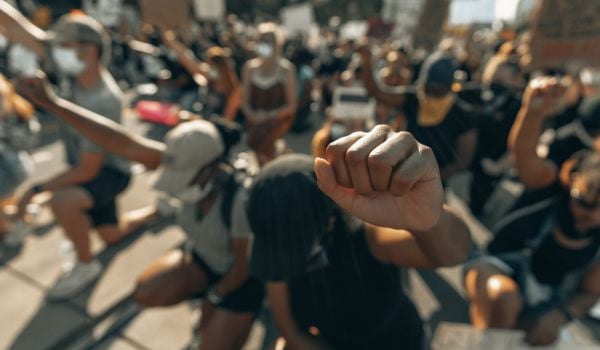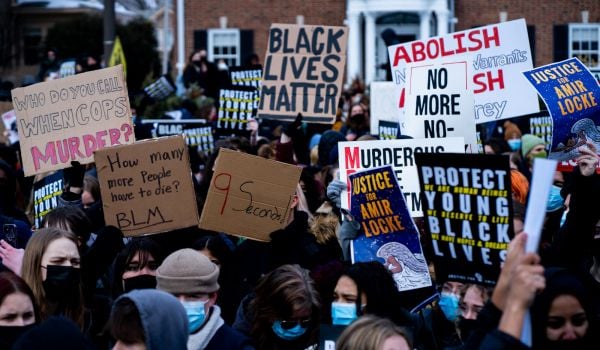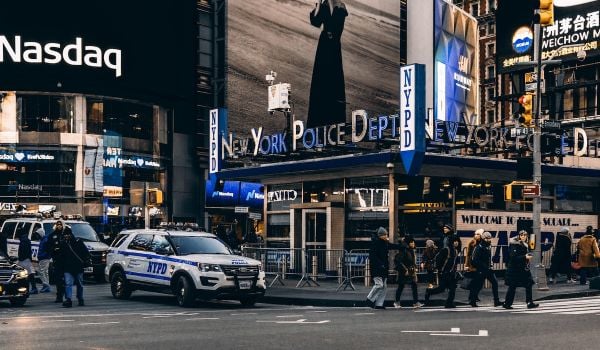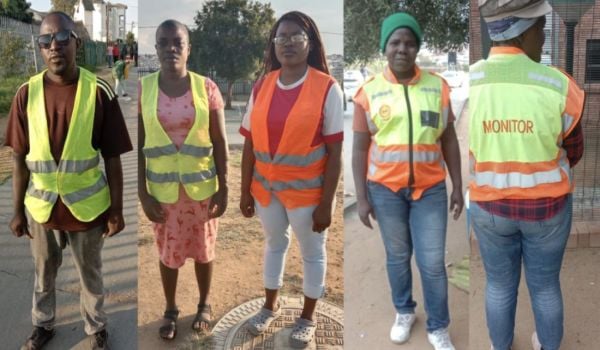In May, the Department of Justice — through its Bureau of Justice Assistance — debuted an online implementation guide for police departments looking to institute body-worn camera (BWC) programs.
The release of the BJA’s National Body-Worn Camera Toolkit is well timed.
The Obama administration has proposed $75 million in federal grant money through 2018 to fund BWC rollouts; and on May 1st, the DOJ issued a request for as many as 50 law enforcement agencies to participate in a body camera pilot program funded through the Bureau of Justice Assistance.
Yet until last year, there has been little discussion about police body cameras, let alone how they are used. According to the Police Executive Research Forum, which makes only passing reference to the technology in its 2014 “Future Trends in Policing” report, of the relatively small number of police agencies that used body-worn cameras last year, one-third did not have a written policy governing usage.
With body cameras high on the priority list for police reformers, law enforcement agencies can now expect to be under the microscope to ensure their BWC programs adhere to best practices. For the BJA this includes establishing policies that address camera usage, evidence acquisition, data retention, privacy, accountability and discipline. At a minimum, these policies should “increase transparency and accessibility, provide appropriate access to information, allow for public posting of policy and procedures, and encourage community interaction and relationship building,” the toolkit outlines.
The BJA guide offers a comprehensive selection of published research and case studies to help police departments meet those standards while also providing them the discretion to navigate legal and logistical obstacles unique to their jurisdictions. But determining how to juggle often conflicting goals like transparency and privacy (for both civilians and police officers) has left a lot of room for error. Early attempts at striking this balance have elicited more castigation than praise.
For example, critics say controversial new legislation in states like Missouri and Florida that puts tight restrictions on public access to BWC footage ostensibly to protect citizen privacy is actually a veiled attempt to prevent police accountability.
Other policies that are more aligned toward open transparency have tended to look better on paper than in practice. Seattle’s attempt to post heavily redacted BWC footage on a departmental YouTube site has become a source of mockery — with one commentator remarking that the results look like “surveillance conducted by a drunk ghost.” (Having watched some of the footage, I’d say that’s a compliment).
In an effort to provide order to the chaos, at least 30 state legislatures have begun the process of drafting legislation governing BWC use, according to the National Conference of State Legislatures. And at the end of May, the American Civil Liberties Union, which has said it supports body-worn cameras with the right privacy protections in place, released a model bill it hopes state legislatures will consider before passing their own laws.
State laws governing the way local police agencies use body cameras are appealing because they take much of the guesswork out of BWC implementation. As I wrote for Next City last August, giving police departments too much wiggle room to work out BWC programs has its drawbacks. But some experts warn there are also dangers to micromanaging body-camera policies before we really know what works.
Walter Katz, a police oversight attorney in Los Angeles, worries that rushing laws on the books could have the unintended consequence of enshrining bad policies into code. He says he is most concerned with laws like one currently under consideration in California that would allow officers to view video cam footage before giving statements during misconduct investigations. He also worries that some data retention policies might call for discarding potentially relevant video before the statute of limitations is up for filing a compliant of police misconduct.
The BJA’s guidance includes recommendations from an expert panel on body cameras convened in February, and it draws heavily on policy papers released by PERF, the International Association of Chiefs and the United Kingdom Home Office. There are nearly as many variations in those policy options as there are commonalities, but viewed through a critical lens, they offer most of the tools police will need at this early juncture.
According to Katz, giving police departments the room to work out the details of their BWC programs with local stakeholders will make it easier to shed bad ideas down the road.
“This technology is too new for legislatures to be writing laws around this,” he said. “For now we should encourage more discretion at the municipal level, and I think over the next couple of years we’ll have an ongoing conversation about best practices. But we’re not going to know that for a while.”
Christopher Moraff writes on politics, civil liberties and criminal justice policy for a number of media outlets. He is a reporting fellow at John Jay College of Criminal Justice and a frequent contributor to Next City and The Daily Beast.
Follow Christopher .(JavaScript must be enabled to view this email address)

